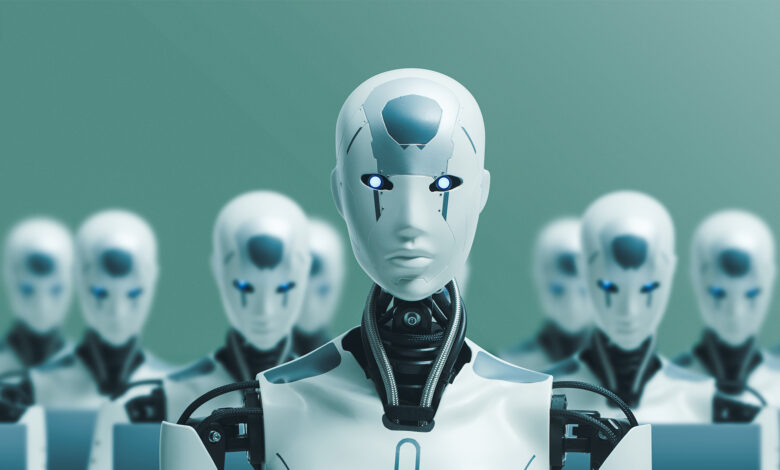Robotic revolution or marketing mirage? Inside China’s humanoid robot industry

On the ground reality
These developments look promising until you delve deeper for a reality check.
Those following Chinese humanoid robotics might recall that barely three months ago, UBTECH’s iconic Walker S robot entered a factory of NIO, a Chinese EV maker, for a series of “onsite training” exercises.
The training involved the robot autonomously walking the length of production lines, planning its path, and avoiding obstacles, among other tasks.
However, Chinese media reports cited insiders in February, stating that this training was merely part of a pilot to explore applications, not a real delivery or mass rollout.
Perhaps UBTECH’s robot gained enough experience during the NIO factory warm-up to prepare for real-life assembly line jobs? The answer is probably no.
The latest partnership with Dongfeng is likely a repetition of previous practices or a pilot on a larger scale. Either way, it can hardly be taken seriously.
Chinese press stories partly support this conjecture. Insiders suggested the local government broke the tie-up, making it more symbolic than substantial.
Additionally, the two sides have just begun their cooperation, with no plans for the future.
Zhou Jian, founder, and president of UBTECH, boasted to reporters at the time of its listing on the Hong Kong Stock Exchange late last year — after racking up a cumulative loss of 2.4 billion yuan ($331 million) over three years — that the firm was in talks with several EV makers and aimed to collaborate with more manufacturing clients in 2024.
Nonetheless, the prospects of the loss-making firm are less rosy than he depicts.
UBTECH’s 2023 full-year financial report indicates that its education and intelligent robot businesses recorded 347 million yuan ($47.89 million) in revenue, down 32.8 percent yearly.
Although increased sales of consumer-grade and logistics robotics compensated for the dwindling income in 2023, the category for which UBTECH became famous—smart robotics, including its Walker series—continues to struggle financially.
Embarrassingly, the company has sold only 10 Walker robots in three years, contributing a mere 16 million yuan ($2.21 million) to its overall earnings.
One cannot help but wonder how long UBTECH can continue to burn cash and reverse losses for its humanoid robotics.
The plight of UBTECH is telling, for it mirrors the contrast between China’s rising fortunes in the humanoid robotic space and its general lack of clear monetization options.



